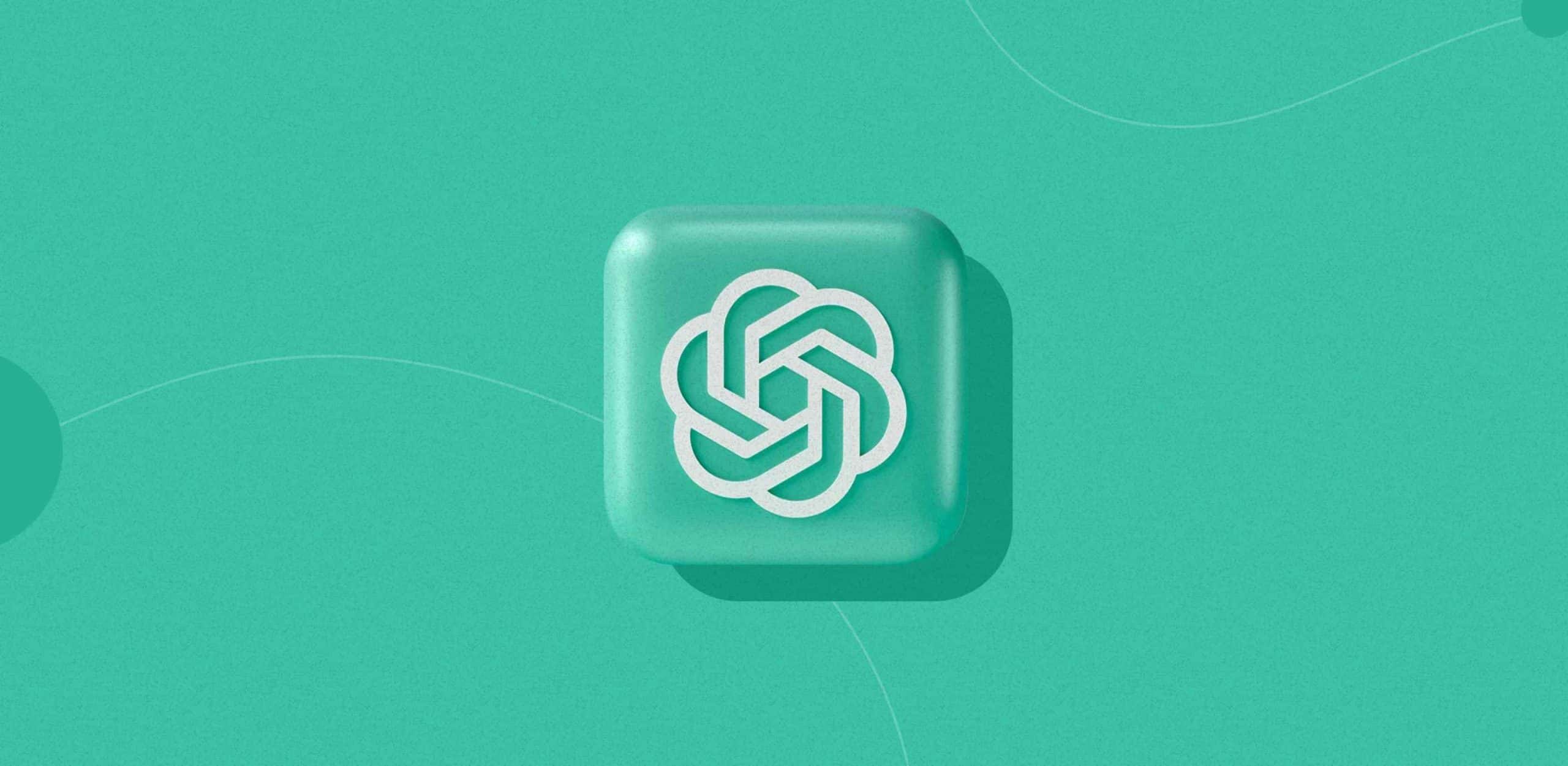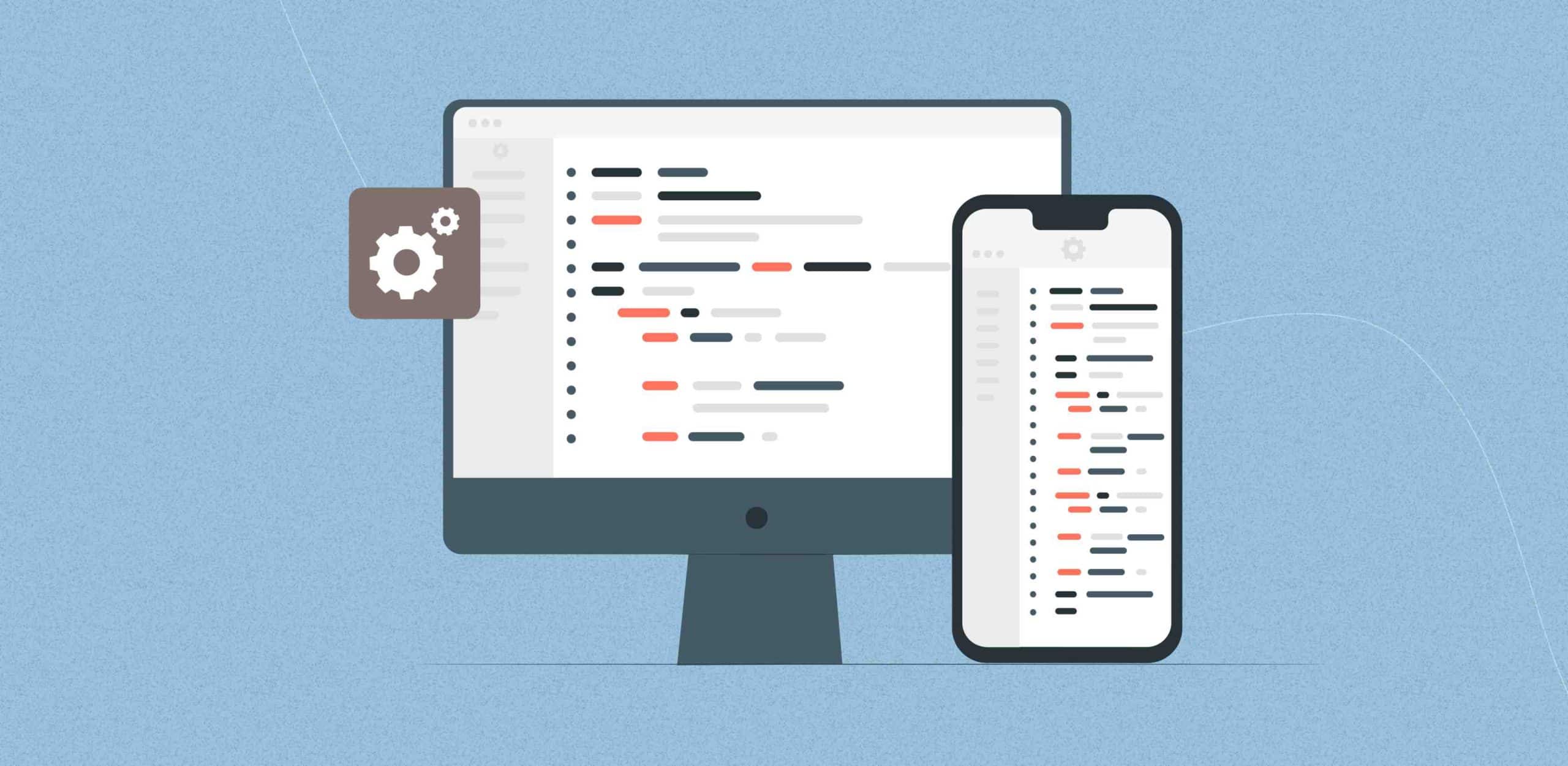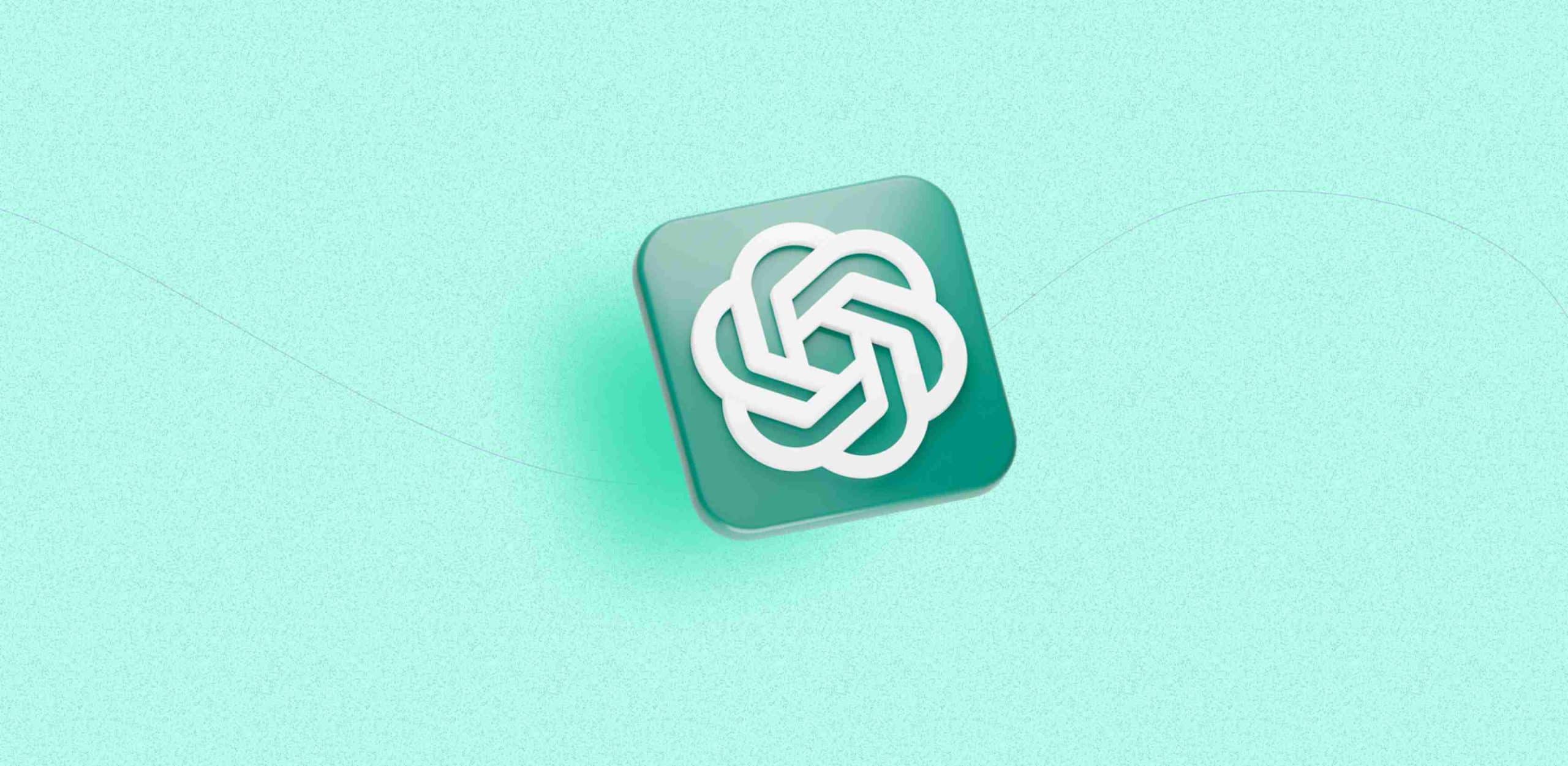In the rapidly evolving landscape of AI development, integrating advanced language models like ChatGPT into your applications has become a game-changer. As businesses explore innovative solutions to enhance user experiences, leveraging the power of ChatGPT has gained significant traction. In this article, we’ll delve into the intricacies of ChatGPT, its key features, and provide a step-by-step guide on how to develop an app using this cutting-edge technology.
What is Chatgpt?
ChatGPT, developed by OpenAI, stands at the forefront of natural language processing and AI development. It is a powerful language model based on the GPT (Generative Pre-trained Transformer) architecture, designed to generate human-like text responses. This technology has found diverse applications, from chatbots to content generation, making it a versatile tool for developers and businesses alike.
How does Chatgpt works?
To effectively integrate ChatGPT into app development, it’s crucial to delve into the detailed mechanics of its operation. Here’s an in-depth look at the key aspects of how ChatGPT works:
Transformer-Based Architecture
Parallel Processing: ChatGPT utilizes a transformer-based architecture, allowing for parallel processing of words in a sequence. This departure from traditional sequential models enhances efficiency and performance.
Contextual Understanding: The transformer architecture excels at capturing intricate dependencies and long-range contextual information within input data, contributing to ChatGPT’s contextual understanding.
Deep Neural Networks
Multi-Layered Networks: Deep neural networks form the foundation of ChatGPT, consisting of multiple layers of interconnected nodes. The depth of these networks enhances the model’s ability to extract and learn complex patterns.
Linguistic Pattern Recognition: Leveraging deep neural networks enables ChatGPT to grasp complex linguistic structures and relationships, allowing for nuanced language understanding.
Pre-Training on Internet Text Corpus
Diverse Learning Dataset: ChatGPT undergoes a pre-training phase using a vast and diverse corpus of internet text. This exposure to various linguistic styles, contexts, and domains enriches the model’s language understanding.
Extensive Knowledge Base: Pre-training on internet text equips ChatGPT with an extensive knowledge base, laying the groundwork for generating contextually relevant responses in real-world interactions.
Grasping Nuances for Contextual Responses
Contextual Cue Recognition: ChatGPT excels at understanding contextual cues within user inputs, enabling it to provide responses aligned with specific contexts.
Natural Interaction: Whether engaged in casual conversations or addressing complex queries, ChatGPT’s nuanced understanding of language nuances contributes to a natural and human-like interaction experience.
What are the key features of ChatGPT?
Before delving into app development, let’s explore the key features that make ChatGPT stand out:
Natural Language Understanding (NLU)
ChatGPT stands out through its exceptional prowess in Natural Language Understanding (NLU). This capability enables the model to not only comprehend but also proficiently generate human-like text. This aspect significantly enhances the intuitiveness of interactions within applications, fostering a more user-friendly experience.
Contextual Responses
One of the hallmark features of ChatGPT lies in its ability to furnish contextual responses. By understanding the context of a conversation, the model ensures that its generated replies maintain coherence and relevance. This contextual awareness enhances the fluidity of interactions, making user-engagement more meaningful.
Versatility in Application
ChatGPT’s versatility extends across a spectrum of applications. Whether it’s powering straightforward chatbots or tackling intricate language generation tasks, ChatGPT adapts seamlessly. This adaptability makes it a valuable asset for developers seeking a flexible solution that caters to diverse application needs.
Continuous Learning Mechanism
A standout quality of ChatGPT is its capacity for continuous learning. Developers can fine-tune the model for specific tasks, allowing for a tailored performance that aligns precisely with the requirements of the application. This dynamic adaptability empowers developers to optimize ChatGPT for evolving functionalities and user demands.
How to develop an app using ChatGPT?
Let’s delve into the intricacies of developing an app using ChatGPT through a meticulous step-by-step process:
Integration Planning
Understanding Business Objectives: Before embarking on the development journey, it is imperative to clearly delineate the business objectives you intend to achieve through ChatGPT integration. Whether the focus is on elevating customer support or enriching user engagement, having a well-defined goal will serve as a compass guiding the integration process.
ChatGPT Integration
Choose Integration Method: Explore the myriad methods available for seamlessly integrating ChatGPT into your application. Options range from API integration and SDK usage to leveraging pre-built chatbot platforms that incorporate the robust capabilities of ChatGPT.
Teams ChatGPT Integration: For enterprises utilizing Microsoft Teams, a seamless integration with ChatGPT is attainable. This entails configuring the chatbot to operate seamlessly within the Teams environment, delivering users a unified and cohesive experience.
Development and Testing
Develop Conversational Flows: Craft intricate conversational flows that align seamlessly with the specific objectives of your application. Define user inputs, anticipate expected outputs, and account for diverse scenarios to ensure a resilient and user-friendly experience.
Testing and Iteration: Conduct thorough testing of the integrated ChatGPT system to meticulously identify and address any potential issues. Continuous iteration becomes imperative in refining the conversational experience and enhancing the overall performance of the application.
Ready for a video conferencing experience that's as unique as your business?
Benefits of using ChatGPT for app development
When you choose to integrate ChatGPT into your app, you open the door to a wide array of advantages that can transform your application’s capabilities:
Elevated User Engagement
Leveraging the natural language understanding capabilities of ChatGPT, your application can deliver a profoundly engaging and user-friendly interface. Users interact seamlessly with the application, fostering a more immersive and enjoyable experience.
Streamlined Customer Support
Take a leap towards efficient customer support by deploying chatbots powered by ChatGPT. These bots offer instantaneous responses to user queries, ensuring prompt assistance and enhancing overall customer satisfaction. Automation in customer support leads to quicker issue resolution, contributing to a positive user experience.
Dynamic Content Generation
Harness the prowess of ChatGPT for content creation within your application. Whether it’s crafting blog posts, articles, or other textual content, ChatGPT’s advanced language generation capabilities enable the generation of high-quality content with minimal human intervention. This not only saves time but also ensures a consistent and engaging content flow.
Time and Cost Efficiency
Automation of specific tasks through ChatGPT translates to substantial time and cost savings. By reducing the reliance on manual processes, your application becomes more efficient and cost-effective. This not only optimizes resource utilization but also allows your team to focus on strategic aspects of development, fostering innovation and growth.
Factors to consider while developing an app using ChatGPT
Developing an app with ChatGPT entails a thoughtful examination of various critical factors to ensure its success. These factors play a pivotal role in shaping the functionality, security, and overall user experience of the application:
Data Security
One of the foremost considerations in ChatGPT app development is ensuring the secure handling of user data. Developers must implement robust security measures to protect sensitive information and adhere to privacy regulations. This involves encryption protocols, secure storage solutions, and strict access controls to safeguard user data from unauthorized access or breaches.
User Experience
Prioritizing a seamless and natural user experience is paramount when integrating ChatGPT into your application. Fine-tuning the language model is essential to enable it to comprehend user inputs and respond contextually. By optimizing the user interface and interaction design, developers can enhance the overall usability of the application, making it more intuitive and user-friendly.
Scalability
Planning for scalability is crucial to accommodate the potential growth in user interactions and data volumes over time. As user engagement increases, the application should seamlessly scale its resources to meet demand. This involves optimizing backend infrastructure, utilizing scalable cloud solutions, and implementing load balancing strategies to ensure a consistent and responsive user experience, even during periods of high demand.
Customization
Tailoring the chatbot’s behavior is key to aligning it with your brand voice and meeting specific application requirements. Customization allows developers to craft a unique and personalized interaction style that resonates with the target audience. This involves defining the chatbot’s responses, incorporating brand-specific language and tone, and adapting its functionality to fulfill the specific needs of the application and its users.
What are the various GPT models?
OpenAI has pioneered the development of several Generative Pre-trained Transformer (GPT) models, each designed with distinct capabilities to address diverse challenges. While ChatGPT takes center stage for its optimization in conversational applications, other notable models, such as GPT-3, extend their prowess across a broader spectrum of tasks.
ChatGPT: ChatGPT, with its finely tuned architecture, excels in providing natural and contextually relevant responses in conversational settings. Its primary focus lies in enhancing user interactions and creating dynamic dialogues within applications.
GPT-1: The original GPT model introduced by OpenAI, featuring a transformer-based architecture for natural language processing.
GPT-2: An improved version of GPT-1 with a significantly larger number of parameters, enabling more advanced language generation capabilities. GPT-2 gained attention for its ability to generate coherent and contextually relevant text.
GPT-3: In contrast, GPT-3 stands out as a multifaceted model with a wider scope. It transcends conversational applications and ventures into tasks such as language translation, code generation, and more. The versatility of GPT-3 makes it a go-to choice for developers seeking solutions beyond the realm of dialogue-based interactions.
How much does it cost for an app development using ChatGPT?
The cost of app development with ChatGPT varies based on factors such as integration complexity, usage volume, and the chosen pricing model. OpenAI offers different pricing tiers for API usage, and developers can choose plans that align with their application’s needs.
Conclusion
In conclusion, incorporating ChatGPT into your app development strategy opens up new possibilities for enhancing user interactions and automating various tasks. By understanding the key features, integration methods, and best practices, developers can leverage the power of ChatGPT to create intelligent and user-friendly applications.
If you’re looking for expert guidance in AI development and ChatGPT integration, consider partnering with an AI development company. They offer specialized AI development services, including chatbot integration services, chatGPT consulting, and more. By collaborating with professionals in the field, you can unlock the full potential of ChatGPT for your application.
Let’s transform your business for a change that matters.
F. A. Q.
Do you have additional questions?
Can ChatGPT build an app?
Yes, ChatGPT can be integrated into app development projects to build apps, particularly for generating text-based content, facilitating chatbot conversations, and automating customer service or content creation tasks within an app.
How do I integrate ChatGPT into my application?
Integrating ChatGPT into your application involves using OpenAI’s API to connect your app with ChatGPT. This process typically requires obtaining API keys from OpenAI, choosing the appropriate integration method, and configuring the API calls to interact with ChatGPT within your application’s framework.
How to build with ChatGPT API?
Building with the ChatGPT API involves registering for an API key on OpenAI’s platform, understanding the API documentation, and making HTTP requests to the API endpoints from your application. You’ll need to design conversational flows and handle the responses from ChatGPT to integrate its capabilities into your app effectively.
How do I create a GPT app?
Creating a GPT app involves identifying your app’s requirements, selecting the suitable GPT model (like ChatGPT for conversational AI), obtaining the necessary API keys from OpenAI, and developing your application to interact with the GPT model through API calls. It also includes testing and refining the app based on user feedback and GPT’s performance.
What are the key features of ChatGPT?
Key features of ChatGPT include Natural Language Understanding (NLU), the ability to provide contextual responses, versatility across different applications, and a continuous learning mechanism that allows for the fine-tuning of responses based on specific use cases.
What benefits does integrating ChatGPT offer for app development?
Integrating ChatGPT offers benefits such as elevated user engagement through natural interactions, streamlined customer support via automated responses, dynamic content generation for various app sections, and efficiency in time and cost by automating tasks that typically require manual input.
What factors should be considered while developing an app using ChatGPT?
Key considerations include ensuring data security to protect user information, designing for an optimal user experience, planning for scalability to handle growth, and customizing ChatGPT’s responses to align with your app’s tone and user needs.
What are the various GPT models available?
Besides ChatGPT, other GPT models include GPT-3, known for its broad capabilities in tasks such as language translation and code generation, and earlier versions like GPT-1 and GPT-2, which laid the groundwork for advanced natural language processing and generation
How much does it cost to develop an app using ChatGPT?
The cost varies based on the complexity of the integration, the volume of API usage, and the specific features required for the app. OpenAI provides a pricing model for API access, which developers need to consider when budgeting for app development.
Where can I find more resources or help for developing an app with ChatGPT?
For additional resources or assistance, consider partnering with an AI development company specializing in ChatGPT integrations. They can provide expert guidance, from planning and integration to optimization and support, ensuring your app fully leverages ChatGPT’s capabilities.














